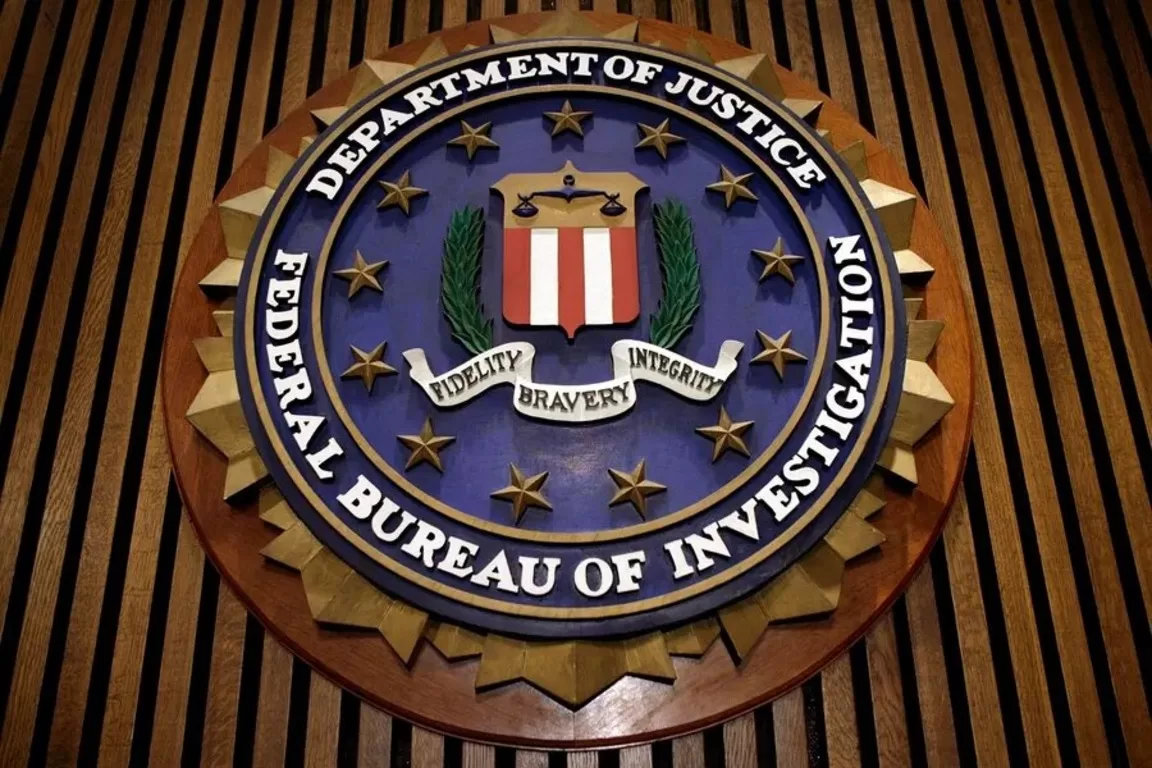The FBI, CISA, and MS-ISAC have issued a stark warning to Gmail, Outlook, and VPN users about a dangerous ransomware scheme called Medusa. This cyber threat has already targeted over 300 organizations, including critical infrastructure sectors like healthcare, education, and legal services. Here’s what you need to know to stay protected.
What Is Medusa Ransomware?
Medusa is a ransomware-as-a-service (RaaS) variant that has evolved significantly since its emergence in 2021. Initially a closed system, it now operates on an affiliate model, where developers and affiliates work together to carry out attacks.
- How It Works: Medusa uses a double extortion tactic. First, it encrypts victims’ data, making it inaccessible. Then, it threatens to leak sensitive information unless a ransom is paid.
- Targets: The ransomware has hit industries like healthcare, education, and legal services, exploiting vulnerabilities in outdated software and phishing schemes.
Why Gmail and Outlook Users Are at Risk
Cybercriminals often target popular webmail services like Gmail and Outlook because of their widespread use. Medusa actors exploit weak security practices, such as:
- Lack of multifactor authentication (MFA).
- Unpatched software vulnerabilities.
- Phishing attacks that trick users into revealing login credentials.
How to Protect Yourself from Medusa Ransomware
The FBI, CISA, and MS-ISAC recommend the following steps to safeguard your data:
1. Enable Multifactor Authentication (MFA)
MFA adds an extra layer of security by requiring a second form of verification, such as a text message or app notification, to access your account. This makes it harder for hackers to breach your accounts, even if they have your password.
2. Keep Software Updated
Regularly update your operating systems, software, and applications to patch vulnerabilities that cybercriminals exploit.
3. Backup Your Data
Store copies of critical information on secure, physically separate devices like external hard drives. This ensures you can recover your data without paying a ransom.
4. Use VPNs for Remote Access
If you work remotely, always use a Virtual Private Network (VPN) to encrypt your internet connection and protect sensitive data.
5. Be Cautious of Phishing Attempts
Avoid clicking on suspicious links or downloading attachments from unknown senders. Phishing emails are a common way for ransomware to infiltrate systems.
What to Do If You’re Attacked
If you fall victim to Medusa or any ransomware attack:
- Do Not Pay the Ransom: Paying does not guarantee data recovery and may encourage further attacks.
- Report the Incident: Contact the FBI or CISA immediately to report the attack and seek assistance.
Final Thoughts: Stay Vigilant Against Cyber Threats
Ransomware attacks like Medusa are becoming increasingly sophisticated, but you can protect yourself by following the steps outlined above. Strengthen your cybersecurity practices today to avoid becoming the next victim.
#RansomwareProtection #CyberSecurityTips #FBIWarning #MedusaRansomware #DataProtection
The FBI, CISA, and MS-ISAC have issued a stark warning to Gmail, Outlook, and VPN users about a dangerous ransomware scheme called Medusa. This cyber threat has already targeted over 300 organizations, including critical infrastructure sectors like healthcare, education, and legal services. Here’s what you need to know to stay protected.
What Is Medusa Ransomware?
Medusa is a ransomware-as-a-service (RaaS) variant that has evolved significantly since its emergence in 2021. Initially a closed system, it now operates on an affiliate model, where developers and affiliates work together to carry out attacks.
- How It Works: Medusa uses a double extortion tactic. First, it encrypts victims’ data, making it inaccessible. Then, it threatens to leak sensitive information unless a ransom is paid.
- Targets: The ransomware has hit industries like healthcare, education, and legal services, exploiting vulnerabilities in outdated software and phishing schemes.
Why Gmail and Outlook Users Are at Risk
Cybercriminals often target popular webmail services like Gmail and Outlook because of their widespread use. Medusa actors exploit weak security practices, such as:
- Lack of multifactor authentication (MFA).
- Unpatched software vulnerabilities.
- Phishing attacks that trick users into revealing login credentials.
How to Protect Yourself from Medusa Ransomware
The FBI, CISA, and MS-ISAC recommend the following steps to safeguard your data:
1. Enable Multifactor Authentication (MFA)
MFA adds an extra layer of security by requiring a second form of verification, such as a text message or app notification, to access your account. This makes it harder for hackers to breach your accounts, even if they have your password.
2. Keep Software Updated
Regularly update your operating systems, software, and applications to patch vulnerabilities that cybercriminals exploit.
3. Backup Your Data
Store copies of critical information on secure, physically separate devices like external hard drives. This ensures you can recover your data without paying a ransom.
4. Use VPNs for Remote Access
If you work remotely, always use a Virtual Private Network (VPN) to encrypt your internet connection and protect sensitive data.
5. Be Cautious of Phishing Attempts
Avoid clicking on suspicious links or downloading attachments from unknown senders. Phishing emails are a common way for ransomware to infiltrate systems.
What to Do If You’re Attacked
If you fall victim to Medusa or any ransomware attack:
- Do Not Pay the Ransom: Paying does not guarantee data recovery and may encourage further attacks.
- Report the Incident: Contact the FBI or CISA immediately to report the attack and seek assistance.
Final Thoughts: Stay Vigilant Against Cyber Threats
Ransomware attacks like Medusa are becoming increasingly sophisticated, but you can protect yourself by following the steps outlined above. Strengthen your cybersecurity practices today to avoid becoming the next victim.
#RansomwareProtection #CyberSecurityTips #FBIWarning #MedusaRansomware #DataProtection
